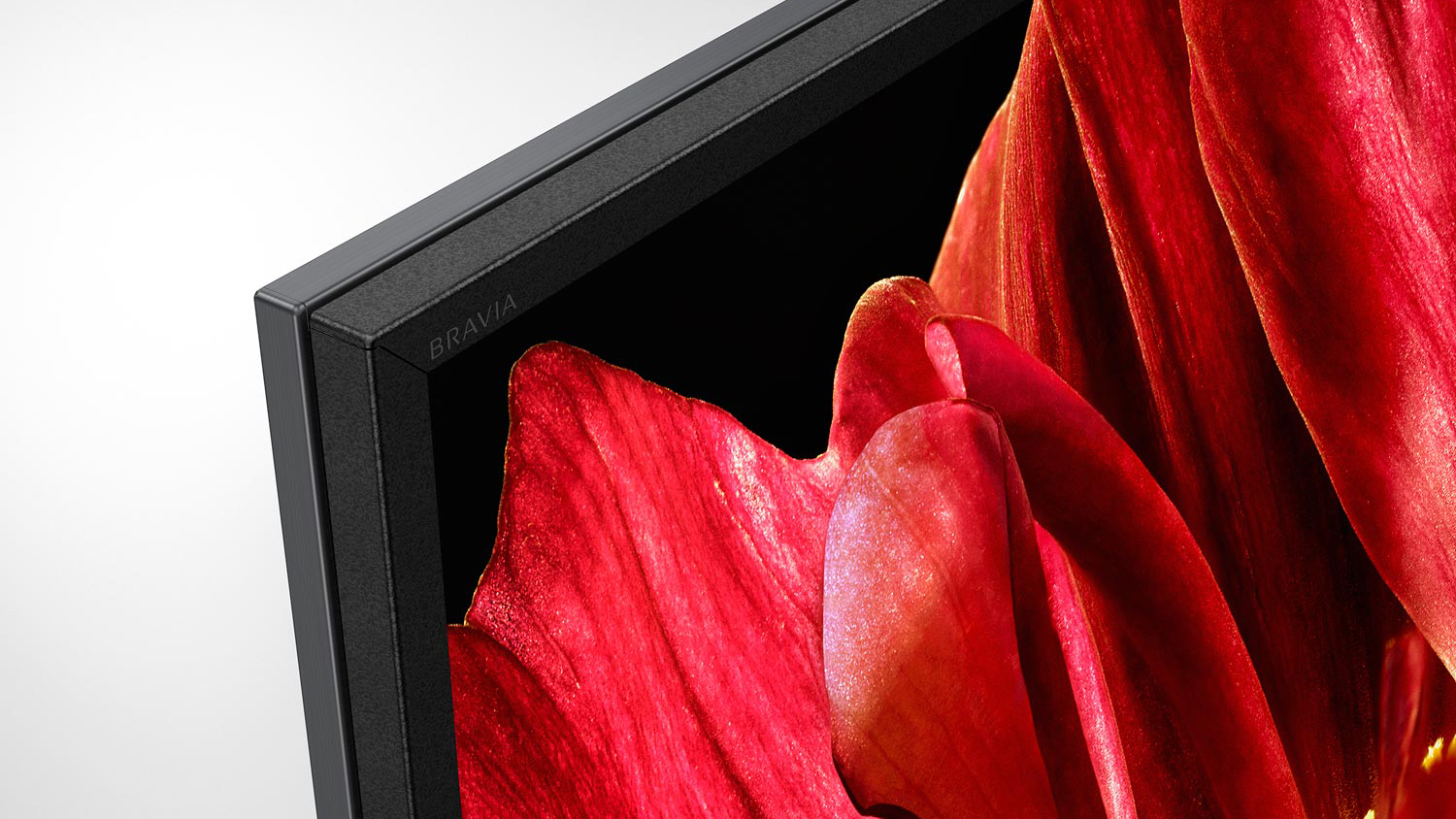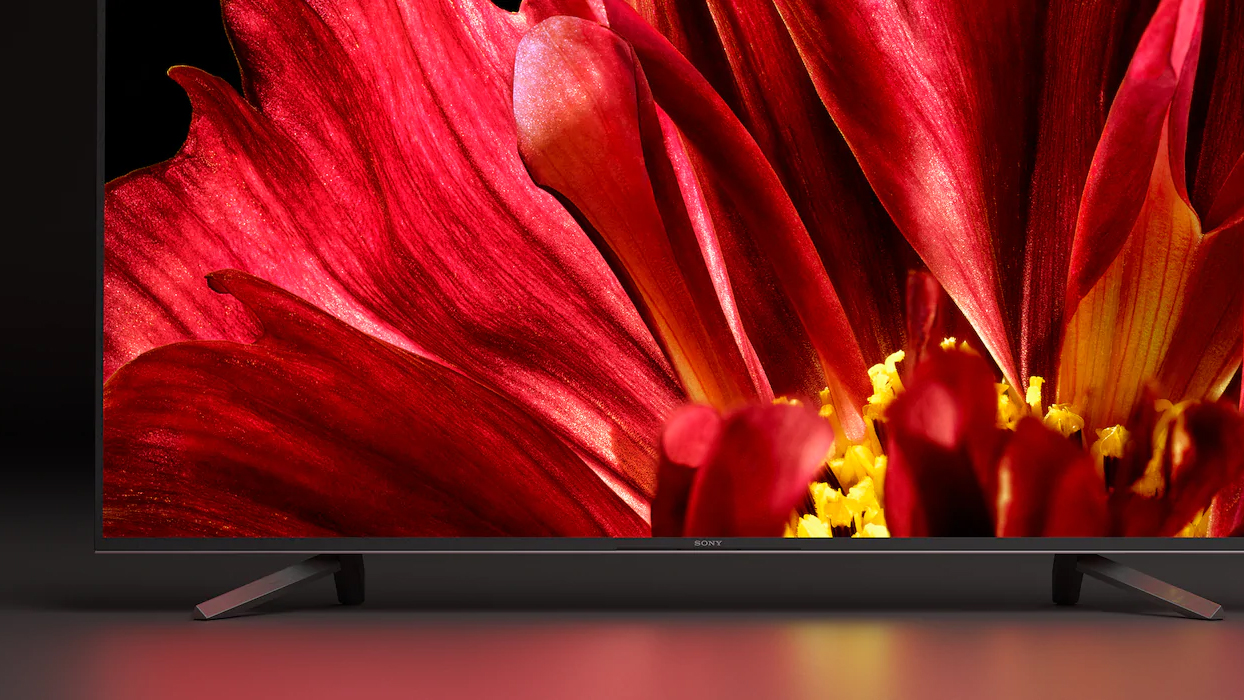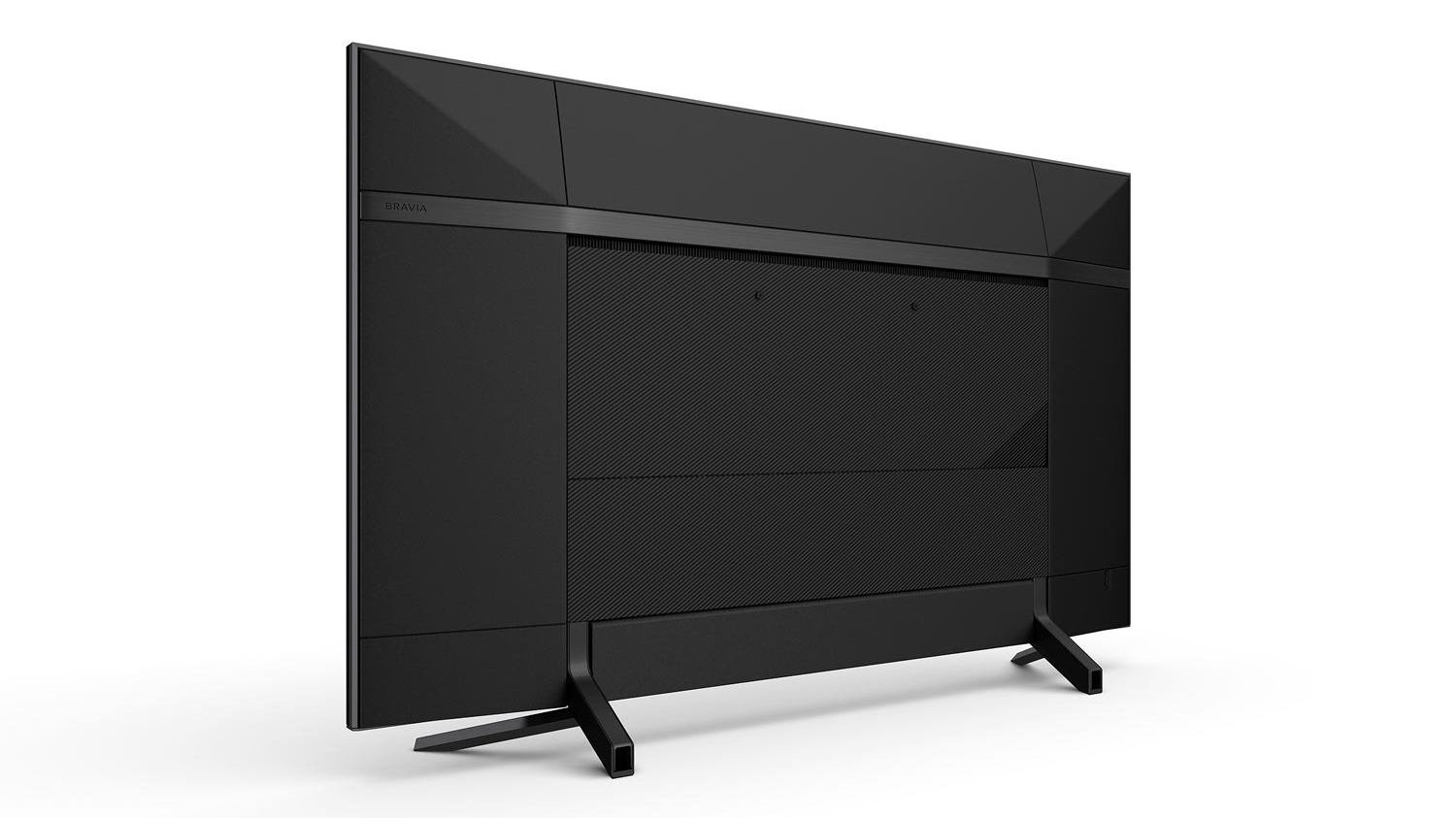Sony Bravia ZF9 (KD-65ZF9)
Could the ZF9 (Z9F OLED in the US) turn out to be the best HDR TV of 2018? We think it’s in with a shout. The LED-LCD TV is launching as part of Sony’s newly announced Master Series range, sitting alongside the OLED AF9, and was previewed at a high-profile launch event held recently in New York City.
We went along, spending the best part of a day taking a closer look at the screen as it was compared to rivals and demonstrated alongside a professional OLED mastering Monitor. What we saw left us giddy with excitement but, also, slightly trepidatious.
Design
Available in 65- and 75-inch screen sizes, called the KD-65ZF9 and KD-75ZF9 respectively, the ZF9 follows on the heels of Sony’s highly regarded ZD9, a screen won universal acclaim for the precision of its HDR presentation, and its superior full array backlighting system. The newcomer builds on that, adding advances all its own.
Like the AF9 OLED, the ZF9 uses Sony’s new X1 Ultimate imaging processing engine. The X1 Extreme (used in the Sony XF90 earlier this year) was fine - but the new Ultimate looks insane. There was once a time when picture tuning advice basically consisted of ‘turn it off.’ Image processing modes used to centre on crude edge enhancement and suffocating noise reduction. That’s long past. The X1 Ultimate (and to be fair, recent image engines past) are far more refined.
As for its exterior, set design seems predictably minimal, with just a thin aluminium bezel and two widely space feet which contain cable management. Although to be honest, the venue for the ZF9 unveil (The Sony Hall, off Times Square) was so dark, it may have had a fluorescent pink finish and we might not have noticed.
Sony remains steadfastly tight lipped about the screen’s actual specification, but it appears to have essentially the same direct lighting array as its predecessor, with (probably) the same number of dimming zones.

Performance
It’s also likely to hit similar peak HDR brightness. Despite previewing an ultra-bright 8K 10,000 nit LED LCD display at CES, we’re not getting any of that ferocious luminosity here – but at least the ZF9 supports HDR10, HLG and Dolby Vision.
Plus, the ZF9 boasts demonstrably better off axis viewing than its predecessor. Sit to one side and the TV manages to hold onto colour and contrast.
Rather than challenge rival Samsung with an ultra bright model, Sony is playing the ‘creator’s intent’ angle with its Master Series screens. To prove the point, it ran comparisons with a Sony OLED BVM-X300 mastering display with the ZF9 managing to come surprisingly close with its custom preset.
That said, to be honest, Sony could be barking up the wrong particular tree here: One of the reasons people love LED-LCD screens is their eye candy brought on by ultra-bright peak nit levels.

While it might not be able to go as bright as other LED-LCDs, the X1 Ultimate certainly looks likely to enhance Bravia’s reputation when it comes to SDR to HDR up-conversion, presenting solid upscaling throughout the demo.
The X1 Ultimate introduces a couple of new image processing modes: Object-based Super Resolution and Object-based HDR remaster. The X1 Ultimate is able to enhance individual objects within a picture, bringing out detail and nuance without increasing artifice. Demonstrations of these enhancements against a set without were revelatory.
As with the AF9, this new LED-LCD flagship also sports a Netflix Calibrated image preset. Exclusive to Sony, it’s another ‘mastering monitor’ mode. The preset is only available within the Netflix app on the TV. It can’t be applied to other sources, or an externally connected Netflix media streamer.

It’s hard to come to a conclusion about this until we experiment up close; however Sony invited Zack Estrin, showrunner on the new Netflix Lost in Space show, along to endorse the mode, adding some clout to the presentation.
Of course, good video performance is only half the battle. As for the TV’s sound system? We’ve not got a clue. There were no audio demos at the reveal, which leads us to suspect it’ll be little more than functional. Hopefully, the screen will be able to bitstream Dolby Digital + Dolby Atmos out over HDMI ARC.
Early verdict
From what we've seen so far, we give the ZF9 two thumbs up, but there’s a caveat – a shoot-out with a rival backfired when it became clear that the ZF9 couldn’t present a convincing deep black. The bars on a letterbox movie were unsuitably grey rather than cinematic black.
It would be unreasonable to draw too much of a conclusion from this, however – the ZF9 screens at this New York preview were clearly early samples, but it’s something we’ll be keeping our eyes on when samples finally begin to ship.
So is this indeed going to be the best 4K LED-LCD TV of the year? The ultimate proof will be in our test pudding and we’re looking forward to the bake off.
0 comments:
Post a Comment